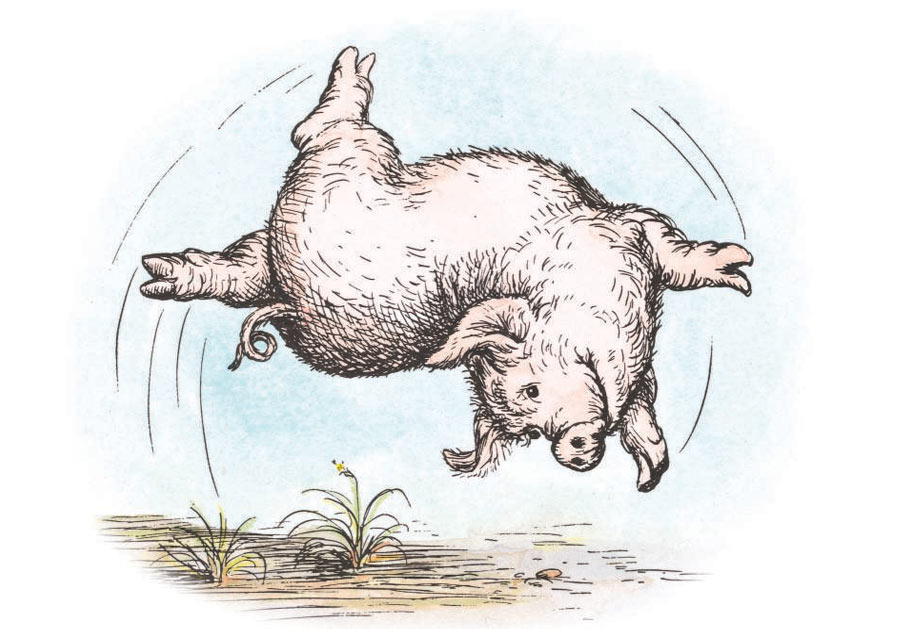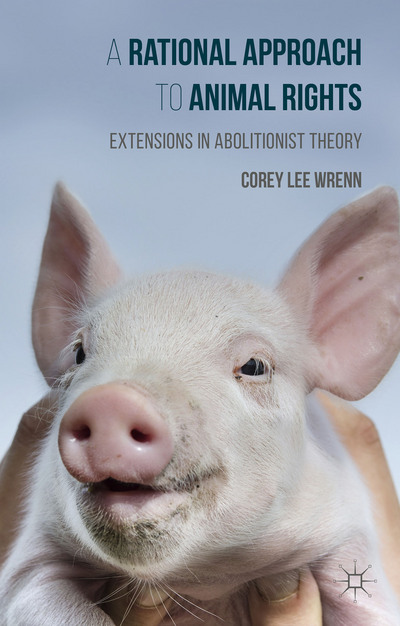The processes of persuasion and behavioral change are complex. Social psychologists recognize that information can influence us differently depending on the channel of dissemination. The Nonhuman Animal rights movement relies quite heavily on text-based literature to promote pro-social attitudes regarding other animals. But, can you really read yourself vegan?
Veganism’s Historical Reading Agenda
In The Gospel of Kindness (2016), Janet Davis notes the movement’s shift to a humane education campaign. This strategy reflected the great improvements in literacy and printing technology. Organizations pumped schools, church groups, and community centers full of pro-animal books, teaching plans, trained speakers, and youth humane clubs.
Similarly, the movement also relied on the greatly popular books, Black Beauty and Beautiful Joe (1893). These books documented the variety of cruelties and injustices imposed on Nonhuman Animals. They also demonstrated the redemptive power of kindness and empathy. Movement historian Diane Beers notes that welfare organizations purchased millions of copies of these books for free dispersal.
Reading and Persuasion
Scientists are now seeking to measure the behavioral impact of texts that are intended to mobilize. For instance, one study on the impact of Michael Pollan’s work on university students found that, first, students experienced a sharp increase in food justice knowledge, but, second, any corresponding behavioral changes were minimal. Furthermore, researchers followed up on participants a year later and found that most changes had disappeared (Hormes et al. 2013).
Likewise, Malecki et al. (2018) examined the impact of animal welfare narratives on high school students in Poland and Italy. Attitudinal changes were only really observable for about a week after having read the novels used in the study. Additionally, no immediate behavioral changes were observed (for instance, the students were no more motivated to donate to a charity).
For the Vegan Toolkit
- Narratives about animal welfare can increase pro-animal attitudes
- Narratives have shortlived impacts
- Narratives must be consistently applied to maintain effect
References
Beers, D. 2006. For the Prevention of Cruelty: The History and Legacy of Animal Rights Activism in the United States. Athens, OH: Ohio University Press.
Davis, J. 2016. The Gospel of Kindness. New York, NY: Oxford.
Hormes, J., P. Rozin, M. Green, and K. Fincher. 2013. “Reading a Book Can Change Your Mind, but Only Some Changes Last for a Year.” Frontiers in Psychology 4 (778).
Malecki, W., B. Pawlowski, M. Cieńskia, and P. Sorokowski. 2018. “Can Fiction Make Us Kinder to Other Species?” Poetics 66: 54-63.
Saunders, M. 1893. Beautiful Joe. Philadelphia, PA: The Griffith and Rowland Press.
Sewell, A. 1877. Black Beauty. London: Jarrold and Sons.

Readers can learn more about the social psychology of veganism in my 2016 publication, A Rational Approach to Animal Rights.
